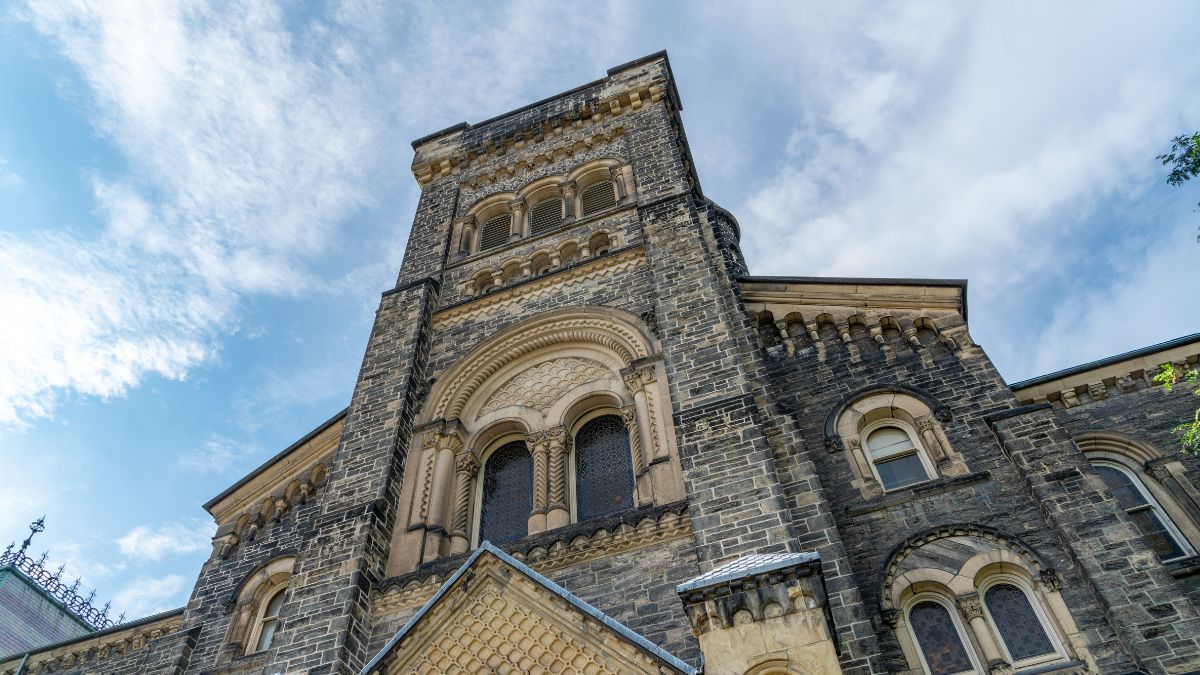Kalidasa (Classical Sanskrit Literature)
Kalidasa (Classical Sanskrit Literature)
A Detailed Look At The Medieval Universities and Education

A Detailed Look At The Medieval Universities and Education
Medieval universities stand as towering bastions of human intellect and curiosity, their ancient walls echoing the resolute footsteps of history’s greatest minds. As we journey back through the corridors of time, we find these institutions not just as places of learning, but as crucibles where the very essence of knowledge was tested, challenged, and refined.
In the heart of the medieval period, an era often mistakenly painted as dark and ignorant, the university emerged as a lighthouse of enlightenment. These were not mere schools but grand congregations of scholars and students, drawn together by a shared thirst for knowledge. Their birth, primarily in the bustling cities of Europe like Bologna, Oxford, and Paris, marked a seismic shift in the landscape of education and intellectual pursuit.
The structure of these early universities was a tapestry of rigor and discipline. Students, often as young as 14, embarked on a journey of learning that was both arduous and exhilarating. The foundation of their education was the trivium – grammar, rhetoric, and logic – skills essential for the art of debate and discourse. This base was the springboard to the quadrivium – arithmetic, geometry, music, and astronomy – the realms that stretched their minds to the limits of contemporary understanding.
Lectures were held in Latin, the lingua franca of the learned, turning these universities into melting pots of cultures and ideas. The walls of the lecture halls reverberated with the passionate orations of masters, and the fervent scribbling of students capturing every precious word. Texts like Aristotle’s works, translated by Arab scholars, became the cornerstone of curriculum, fusing the wisdom of the ancient world with the new frontiers of medieval thought.
One cannot talk about these institutions without marveling at the sheer resilience and determination of their inhabitants. Students traveled great distances, often on foot, braving harsh weathers and uncertain terrains, driven by an insatiable desire for knowledge. Their lives were not of luxury but of modest means, many relying on the benevolence of patrons or the support of religious orders.
Yet, within these constraints, the medieval university was a crucible for groundbreaking ideas and discoveries. It was here that the seeds of modern science, law, and philosophy were sown. Disputations, a hallmark of university life, were vigorous intellectual battles where students and masters tested their mettle, sharpening their minds against the whetstone of opposing views.
These universities were also political entities, often finding themselves in a delicate dance of power with the church and the state. Their charters and the privileges they bestowed were fiercely guarded, imbuing these institutions with a sense of autonomy and purpose that transcended the mere imparting of knowledge.
In essence, the medieval university was not just a place of learning but a vibrant ecosystem that nurtured the intellectual giants of the era. Its legacy is etched not just in the dusty volumes of history but in the very fabric of modern academia. As we stand in awe of these medieval marvels, we are reminded that the quest for knowledge is an eternal flame, burning brightly through the ages, illuminating the path of human progress.